On August 16, the 1st Congress of the Party Committee of the Ministry of Science and Technology , term 2025-2030 took place. Prime Minister Pham Minh Chinh attended and delivered a speech.
The Congress is held at a special time: After nearly 40 years of renovation, the country has opened a new era of development with many historic decisions. Resolution No. 57-NQ/TW of the Politburo identifies science, technology, innovation and digital transformation as one of the main driving forces to modernize the productive forces, improve governance capacity and national competitiveness, promote economic growth, improve labor productivity, prevent the risk of falling behind, and aim for Vietnam to become a developed, high-income country by 2045.
With the motto: "Solidarity - Discipline - Breakthrough - Creativity - Development", the Party Committee of the Ministry of Science and Technology for the 2025-2030 term sets many specific goals for the field considered key in the country's development process until 2030, with a vision to 2045 set forth by the 14th National Party Congress.
Achievements create a solid foundation
Looking back at the 2020-2025 term, it can be affirmed that the fields of science, technology, and information and communication have achieved many outstanding achievements, creating an important premise for a new development stage.
Despite international turmoil and the COVID-19 pandemic, the science and technology sector has maintained its growth momentum.
The technology startup ecosystem has risen to 55th place in the world with total capital raised reaching 3.45 billion USD in 5 years, reflecting the dynamism and growing attraction of Vietnam's knowledge economy.
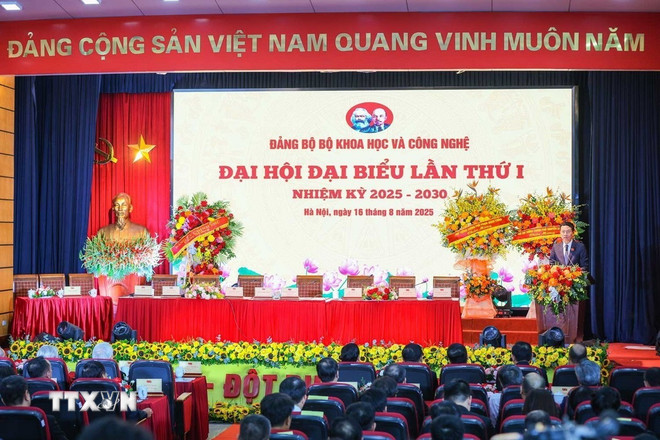
In the telecommunications sector, Vietnam has made some remarkable strides such as: Successfully auctioning 5G frequencies for the first time, bringing the total mobile bandwidth to 660 MHz by 2025, an increase of nearly 94% compared to 2020.
Telecommunications infrastructure has become an essential digital infrastructure of the economy, with 4G coverage reaching 99.8% of the population and IPv6 rate ranking 7th globally.
The digital technology industry will reach a scale of 158 billion USD by 2024 (up 26% compared to 2020), becoming Vietnam's largest export industry, equivalent to about 30% of GDP. This is a vivid demonstration of the industry's strong resilience in the context of deep integration.
The fields of natural sciences, social sciences and applied engineering also achieved remarkable results. The number of international publications increased by 22.4% compared to 2020; the human development index increased from 0.703 (in 2021) to 0.766 (in 2023), putting Vietnam in the group of countries with high development levels.
Many key technologies have been mastered and applied to production, from high-tech agriculture, disease-resistant plant varieties, to medical technology with the ability to self-produce vaccines and transplant most complex organs.
In the period 2021-2025, the intellectual property sector made strong progress. The whole industry processed over 928 thousand applications, nearly double the period 2016-2020.
In 2024, key indicators all grew impressively: 1,226 patent applications (up 20.2%), 308 granted patents (up 121.6% compared to 2020); 1,189 granted industrial design patents (up 7.1% compared to 2023).
In the field of Standards, Metrology and Quality, Vietnam issued more than 14,000 national standards, the international harmonization rate exceeded 63%, bringing the National Quality Infrastructure Index (GQII) to 52nd place globally, up 2 places compared to 2020.
In the field of Atomic Energy, the Law on Atomic Energy (amended) was passed by the National Assembly, creating a legal corridor for the development of Ninh Thuan Nuclear Power Plant and small modular reactors.
These advances not only contribute to ensuring energy security, but also enhance national science and technology capacity, ensuring flexible electricity for digital transformation and green transformation.
All of the above achievements are the "launching pad" for the Ministry of Science and Technology to enter the 2025-2030 period with the mindset of a second round of innovation in science, technology, innovation and comprehensive digital transformation.
Specific strategies and goals
Speaking at the Congress, Minister of Science and Technology Nguyen Manh Hung emphasized that the merger of the two Ministries of Science and Technology and Information and Communications aims to create synergy.
The merger of the two ministries aims to erase the boundaries between science, technology, innovation and digital transformation, digital technology industry and digital infrastructure.
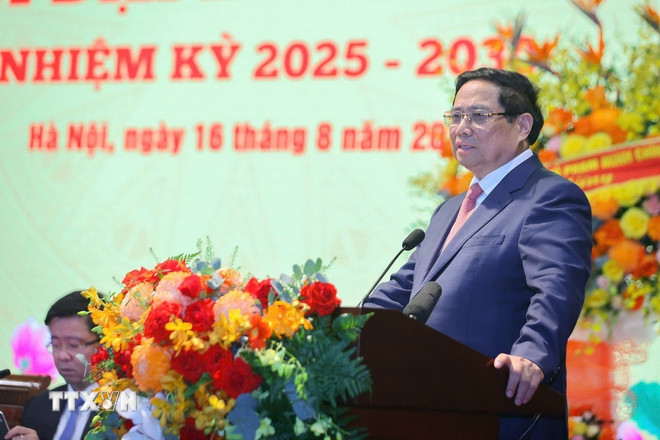
Minister Nguyen Manh Hung said that the merger of the two ministries requires a new approach and new way of working, and only then can the merger create value. Science, technology, innovation and digital transformation form a resonant ecosystem, promoting each other's development and playing a key role in the national development strategy.
Science and technology provide the knowledge foundation and technical tools; innovation transforms that knowledge into new products, services, and business models; digital transformation opens up space for deployment and expansion of applications at high speed and low cost.
Minister Nguyen Manh Hung emphasized: “Fundamental innovation is science and technology, innovation and digital transformation must aim at the ultimate goal of improving national competitiveness, labor productivity, national governance capacity, economic growth, ensuring national security and defense and improving the quality of life of the people. Science, technology, innovation and digital transformation must contribute at least 50% of GDP growth.”
According to the Minister, science, technology, innovation and digital transformation must focus on solving national strategic problems, such as promoting double-digit growth, effectively implementing the two-level local government model, improving institutional quality, human resource quality, infrastructure, public service quality and product quality.
The spirit of innovation is to closely link science, technology, innovation and digital transformation, forming a technology-innovation-and-data ecosystem, shifting from process management to goal and result management, taking enterprises as the center of the national innovation ecosystem; institutes and schools are the source of knowledge and the state is the creator and supporter, connecting the whole people and the whole society to participate in innovation and digital transformation.
The 1st Congress of the Party Committee of the Ministry of Science and Technology clearly defined the vision: To build the Ministry of Science and Technology into a national focal point for science, technology, innovation, digital transformation, post, telecommunications, standardization, intellectual property and nuclear energy; capable of leading, coordinating and creating a favorable environment for science, technology, innovation and digital transformation to truly become the main driving force for the country's rapid and sustainable development.
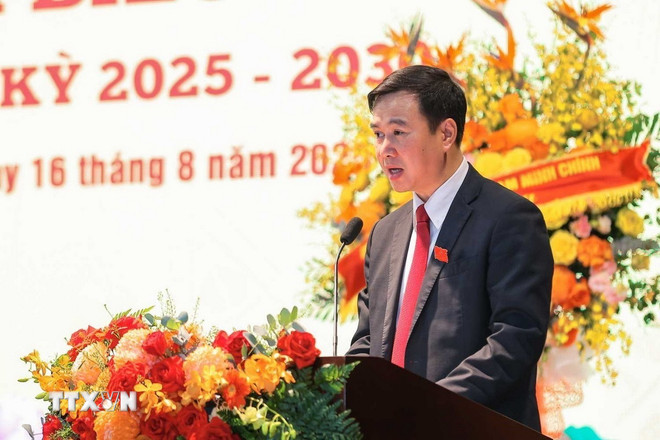
On that basis, a series of specific goals are set such as: By 2030, science, technology, innovation and digital transformation will contribute 50% to GDP growth, of which the digital economy will account for 30% of GDP; complete digital infrastructure and modern science and technology, ensure 100% of the population is covered by 5G, pilot 6G; build 100 innovation centers, at least 6 centers reaching the regional level; operate a national supercomputing center.
Along with that, put the postal development integration index into the top 20 countries in the world; Vietnam's digital transformation index into the global top 50; complete the national standards system, the international harmonization rate reaches 80%; the number of patent applications from Vietnam increases 3 times, reaching 20 applications per million people; complete the new nuclear research reactor in Dong Nai, prepare human resources for the Ninh Thuan nuclear power plant.
In particular, it contributed to completing the training of 50,000 engineers in the fields of strategic technology and nuclear energy, attracting 500 international experts and overseas intellectuals.
To realize the above specific goals, the Ministry of Science and Technology clearly identifies 6 strategic orientations associated with breakthrough solutions.
That is, perfecting institutions and policies. The synchronous issuance of laws, resolutions and controlled testing mechanisms for new technologies is a prerequisite for turning institutions into national competitive advantages.
Public procurement policies that prioritize domestic science and technology products, flexible intellectual property mechanisms, or tax incentives for technology enterprises will be the "push" to create a sustainable market.
For the construction of modern strategic infrastructure, it is necessary to develop from 5G/6G networks, AI supercomputers, national data centers, to key laboratory systems, regional and industry innovation centers, all forming a synchronous knowledge and data infrastructure.
Regarding the development of the national innovation ecosystem, enterprises need to be placed at the center, institutes and schools are the source of knowledge, and the State is the creator and supporter.
The specific target is that 40% of research results are commercialized or applied in practice, forming a sustainable innovation value chain.
Venture capital funds and public-private partnerships will act as a springboard for breakthrough ideas.
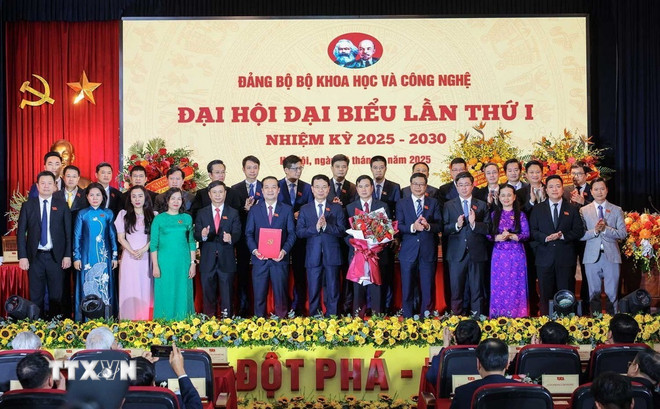
In developing high-quality human resources, not only contributing to training 50,000 engineers, the Ministry also aims to popularize digital skills, implement the National Program for Developing Science and Technology Talents and Digital Technology; pilot a special mechanism on salary, bonus and intellectual property rights for scientists so that the idea of "valuing talents" is no longer a slogan, but must become a practical, attractive and sustainable policy.
Promoting international integration and cooperation, the Ministry identified signing agreements with leading countries, attracting global technology corporations, and proactively participating in the international standards system as the key for Vietnam not to fall behind in the global race for technology.
In administrative innovation and internal digital transformation, the Ministry of Science and Technology is determined to become a model of digital administration, digitizing the entire process, applying transparency in task, project and budget management. This is an important factor to improve management efficiency, reduce administrative procedures, and increase accountability.
The 2025-2030 term is not only the beginning of the Ministry of Science and Technology after the merger, but also the beginning of the process of making science and technology, innovation and digital transformation become the main driving force in the new era of development: Wealthy, prosperous, civilized and sustainable./.
Source: https://www.vietnamplus.vn/khoa-hoc-cong-nghe-va-chuyen-doi-so-huong-toi-dong-gop-50-gdp-vao-nam-2030-post1056138.vnp





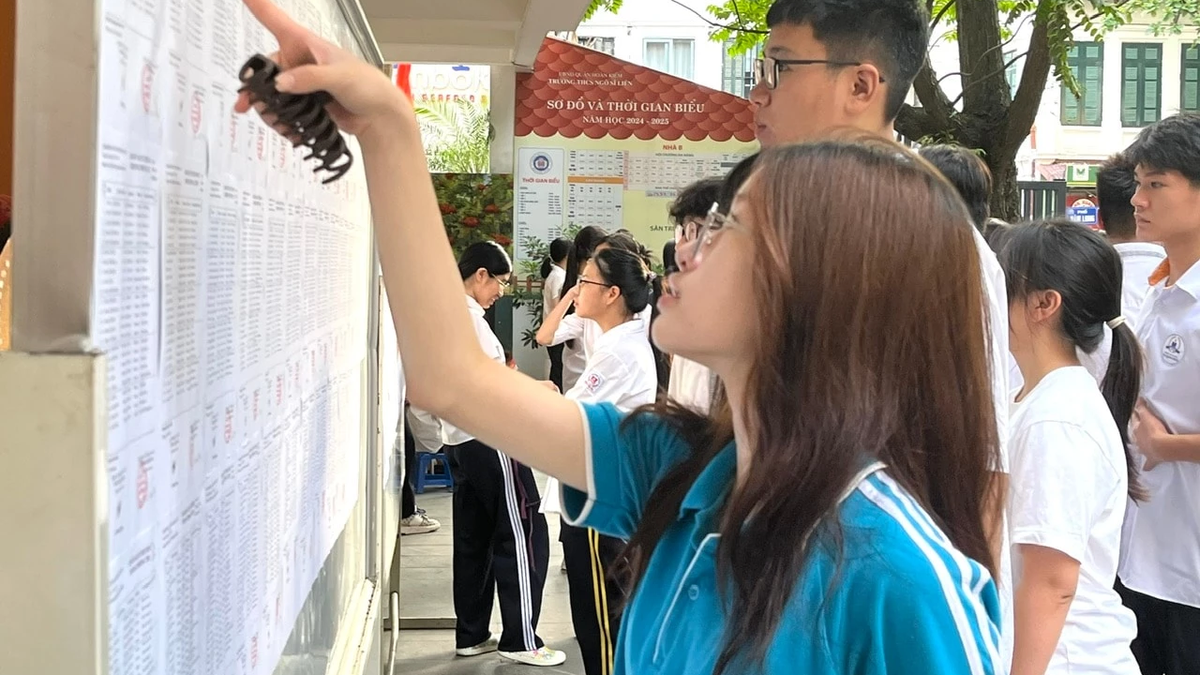
















![[Photo] National Assembly Chairman Tran Thanh Man attends the program "Returning to the source - Towards the future"](https://vphoto.vietnam.vn/thumb/1200x675/vietnam/resource/IMAGE/2025/8/16/d081d9c162ee4ed9919e723aa322a53a)
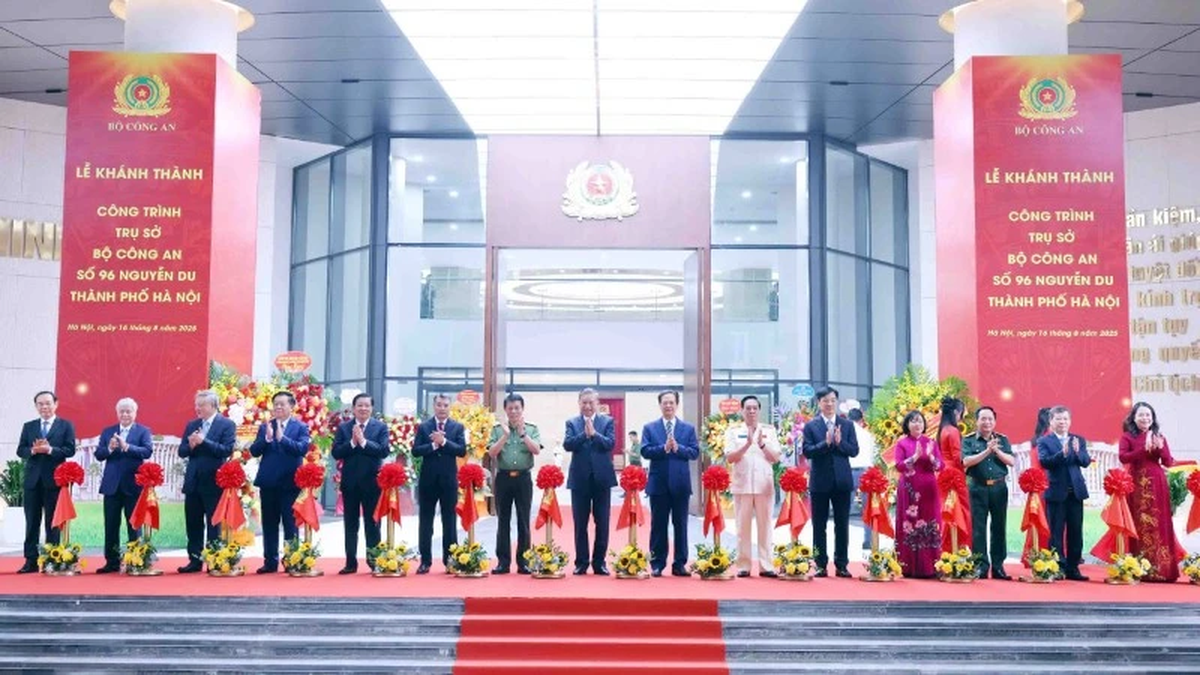




![[Photo] General Secretary attends the inauguration ceremony of the Ministry of Public Security Headquarters](https://vphoto.vietnam.vn/thumb/1200x675/vietnam/resource/IMAGE/2025/8/16/3ceec3a24ef945c18ae2b523563b749d)

![[Photo] “Moving forward with Vietnam” on the most romantic road in Vietnam](https://vphoto.vietnam.vn/thumb/1200x675/vietnam/resource/IMAGE/2025/8/16/0ee500bc59fd4468863261ee26f47fe7)















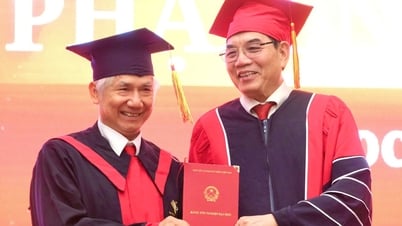




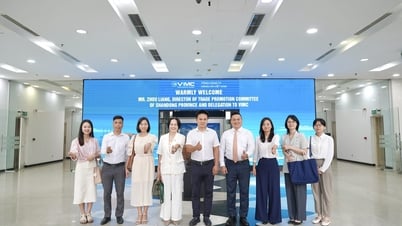

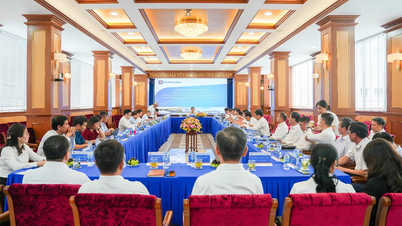










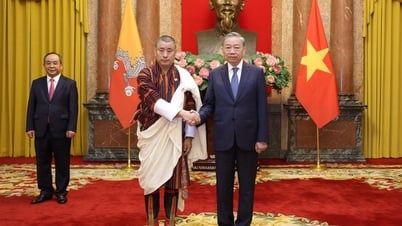






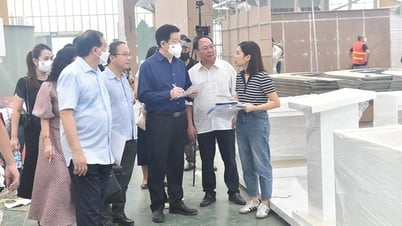

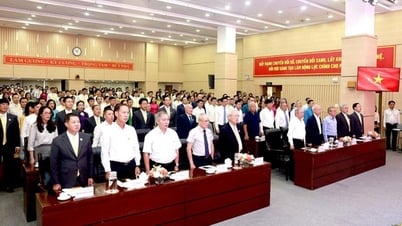






















Comment (0)